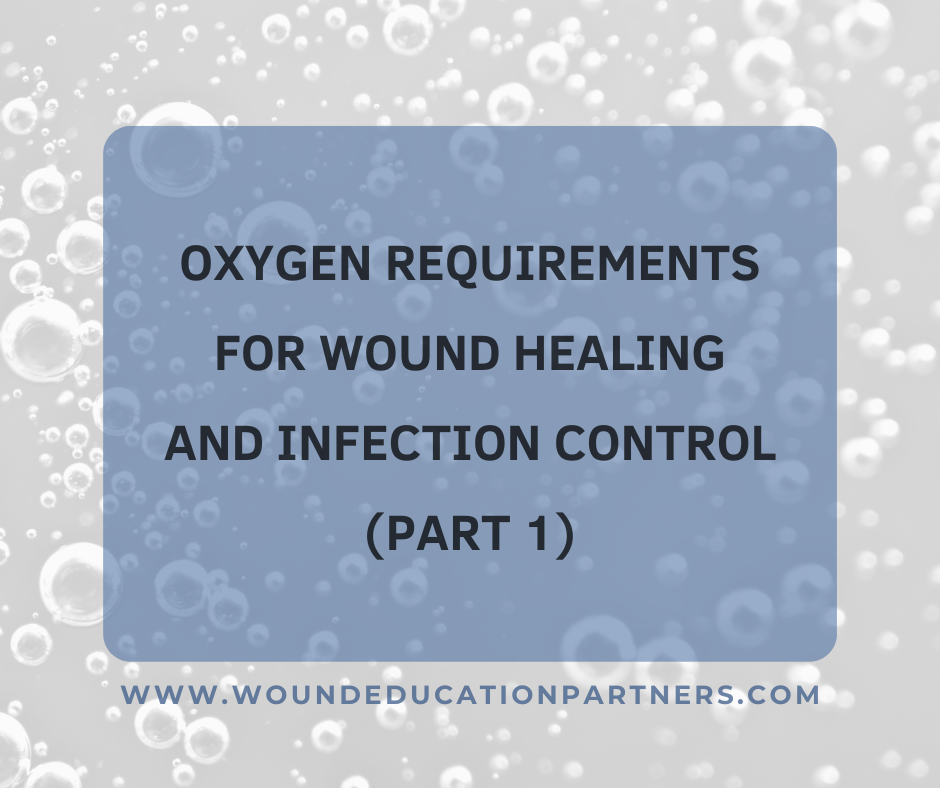Rx Pad
OXYGEN REQUIREMENTS FOR WOUND HEALING AND INFECTION CONTROL (Part 1)
Wound oxygenation is an essential strategy for the management of wounds regardless of their severity. Fortunately, in most wound healing situations, autoregulatory mechanisms ensure that oxygen is adequate to meet metabolic requirements. When not adequate, wound healing may be impeded or even totally interrupted, infection may not be controlled, and tissues may die, leading to limb amputations . Wound oxygenation is a function of perfusion. This part of the three-part series discusses oxygen requirements for wound healing and control of infection and methods (and their rationale) for augmenting wound perfusion-oxygenation and introduces the subject of hyperbaric oxygen (HBO2) as a tactic for mitigating hypoxia in wounds in particular and in other conditions where HBO2 is useful in general.
OXYGEN REQUIREMENTS FOR WOUND HEALING AND INFECTION CONTROL
Two sources of information demonstrate the critical role oxygen has for wound healing and infection control . This first arises from T .K . Hunt and his associates, who showed that for these processes to occur, juxta-wound tissue fluid oxygenation tensions in the 30 to 40 mmHg range are required (Figure 1).(7-11,14) Others have used this information for making decisions at what levels lower limb amputations are likely to heal.(27) If the juxta-wound oxygen tension is less than 30 mmHg, healing is unlikely. In these situations, methods to improve wound oxygenation and perfusion need to be employed for wound healing to occur. If the juxta-wound oxygen tensions are between 30 and 40 mmHg, wound healing may occur depending on the characteristics of the wound and the wound management. Wound management is optimized by employing five strategies which include 1) debridements and other surgical care for the wound base, 2) protection and stabilization of the wound, 3) appropriate medical management, 4) selection of the most appropriate wound dressing agents, and 5) augmentation of wound oxygenation (Table 1). The latter strategy is the focus of this three-part chapter.
Excerpted from Hyperbaric Medicine Practice 4th Edition with permission from the publisher. Reference Chapter 13, The Role of Oxygen and Hyperbaric Oxygen Mechanisms by Michael B. Strauss, Lientra Q. Lu
Are you seeking basic training in hyperbaric medicine? Our UHMS approved 40-hour Introduction to Hyperbaric Medicine training course will teach you and your team the key fundamental elements and concepts in practicing hyperbaric medicine safely and effectively.
When you subscribe to the blog, we will send you an e-mail when there are new updates on the site so you wouldn't miss them.



Comments